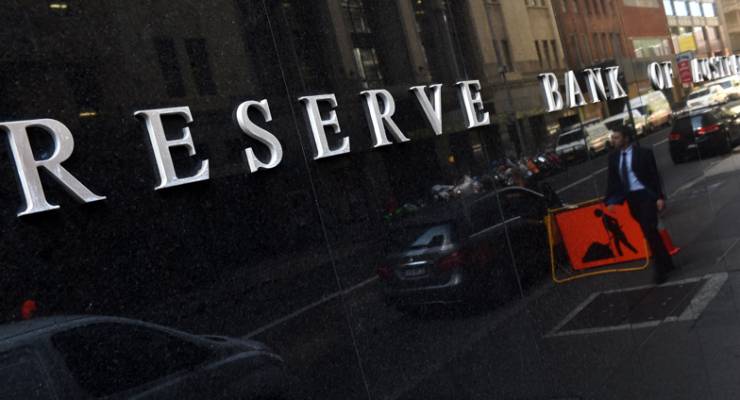
The Reserve Bank of New Zealand will no longer use a closed media lockup to give journalists time to digest its interest rate decisions, after its March decision was leaked from the lockup by a journalist at TV and radio company Newshub MediaWorks to head office. The information was passed to an economics blogger, who alerted the RBNZ after the official announcement.
RBNZ governor Graeme Wheeler described the leak as “a serious and disappointing breach of many years of trust”. A review by Deloitte was commissioned and recommended lockups be cancelled altogether, as technology had made it realistically impossible to prevent journos from leaking.
In a statement this morning, the RBNZ said it had examined the question of media lockups and the release of important decisions, such as on interest rates, monetary policy statements and financial stability reviews, and had decided against a lockup in future and to release rate decisions and monetary policy statements via pages on Bloomberg and Reuters terminals, the bank’s website and via email and Twitter. There will be a media conference for monetary policy statements at 10am on the day of issue. Stability reviews will be released the same way with the media conference held an hour later at 11am.
“We gave serious consideration to the value of the lockups, and the potential issues that could arise if we permanently discontinued them … New Zealand was one of only a few central banks that held pre-release lockups of OCR decisions for news media,” the statement said.
In Australia, the interest rate decision of the RBA on the first Tuesday of the month is announced to the media and the public at 2.30pm. This has never been done through the use of a lockup. There is a media lockup for the minutes of the RBA meeting two weeks later, to give journalists time to digest the RBA’s reasoning.
The RBA board meets at 9am and usually takes around three hours to decide on its interest rate decision, which isn’t released until that afternoon. It’s valuable information in the right hands. Last year, ASIC investigated three suspicious movements in the market for the Australian dollar in the moments before the interest rate decision. The fear was the decision had been leaked to traders who were using it to make a quick buck, but the ASIC investigation concluded it was “the result of normal market operations in an environment of lower liquidity immediately ahead of the RBA announcement”. That is, in English, there was no one selling dollars in the lead-up to the announcement because everyone was waiting to see what would happen, so finding buyers or sellers for dollars was hard and needed a price somewhat removed from the current market price. The changes were exacerbated by automated trading algorithms automatically reacting to the price fluctuations.
A few years back, there was lots of suspicion the RBA decision was leaking to influential Australian business journos, but no smoking gun was ever found. Alan Kohler wrote in 2009 that rightly or wrongly, “market economists have long believed … that [Ross] Gittins, [Alan] Mitchell and Terry McCrann of the News Ltd tabloids are on an RBA drip”:
“Neither the governor of the RBA, nor any official, would ever simply ring up a journalist and say: ‘we’re going to recommend a rate increase on Tuesday’.
“But during the course of a conversation a clear impression can be given, and after matching the content of a few of such conversations against what actually happens later, a journalist can get a pretty good feel for what he or she is being told.”







Crikey is committed to hosting lively discussions. Help us keep the conversation useful, interesting and welcoming. We aim to publish comments quickly in the interest of promoting robust conversation, but we’re a small team and we deploy filters to protect against legal risk. Occasionally your comment may be held up while we review, but we’re working as fast as we can to keep the conversation rolling.
The Crikey comment section is members-only content. Please subscribe to leave a comment.
The Crikey comment section is members-only content. Please login to leave a comment.